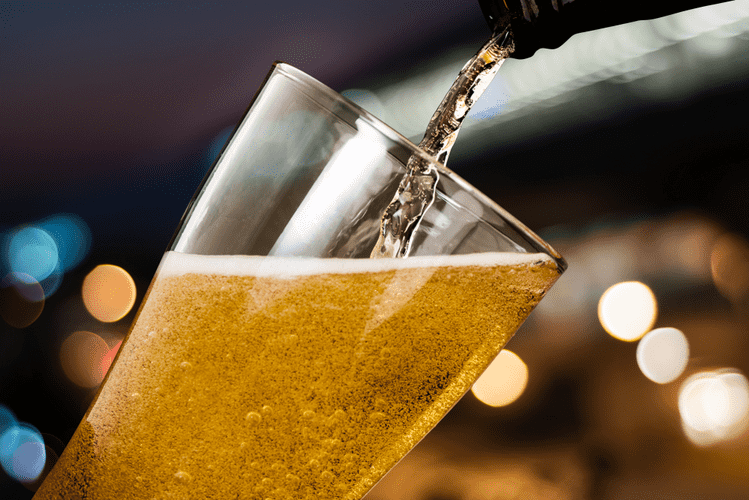These advances could optimize how treatment decisions are made in the future. https://ecosoberhouse.com/ If you’re struggling with alcohol, figuring out how to know if you have a drinking problem is an important first step toward getting help. Whether it’s professional treatment, community support, or educational resources, there are options available to suit your needs. Taking that first step might feel overwhelming, but you don’t have to face it alone.
Seek Professional Help
- But when alcohol becomes the focus of social events, a coping mechanism, or starts causing problems, it may signal something more serious.
- Engaging with resources such as outpatient programs or therapy can provide guidance and support.
- Medications can also deter drinking during times when individuals may be at greater risk for a return to drinking (e.g., divorce, death of a family member).
- You may also be able to visit them during the allotted visit times.
This helps identify negative consequences that you might have overlooked. No matter what form of alcohol you drink, if you have trouble cutting down or stopping and your drinking has negative consequences in your life, you likely have a problem with alcohol. There are a few telltale signs that you might need to adjust your approach to social drinking to semi or full sobriety. If someone goes to parties nearly every day, they may be consuming a lot more alcohol than is healthy despite meeting the dictionary definition of a social drinker. Alcohol use exists on a spectrum, and not everyone who drinks heavily has an addiction. However, awareness is key—the earlier we recognize unhealthy patterns, the easier it is to prevent long-term consequences.
The Development of Physical Symptoms

Based on clinical experience, many health care providers believe that support from friends and family members is important in overcoming alcohol problems. But friends and family may feel unsure about how best to provide the support needed. The groups for family and friends listed in the “Resources” section may be a good starting point. A number of health conditions can often go hand in hand with AUD. Common mental health conditions that co-occur with AUD are depressive disorders, anxiety disorders, trauma- and stress-related disorders, other substance use disorders, and sleep disorders.
Step 2. Practice what you’re going to say
By understanding the signs and seeking help when needed, individuals can take the first steps towards recovery and regaining control over their lives. 2019 research has shown that individuals with alcohol use disorder are 3.7 times more likely to have major depressive disorder compared to the general population. Additionally, approximately 30-40% of individuals with alcohol addiction also meet the criteria for an anxiety disorder.
Social, Occasional, Casual, Recreational, & Moderate Drinking
While these may seem easy enough to manage on your own, some more extreme symptoms of withdrawal can include tremors or seizures, which can be fatal. There are different types of alcohol addiction treatment programs available today, including medication-assisted treatment. Depending on the severity of your alcohol use, you may need a medical detox to begin the journey to recovery. The benefits of social drinking are similar to those of moderate alcohol consumption.

Understanding the difference between social and problem drinking is important not only for our own health but also for supporting friends and loved ones. Let’s explore the key characteristics that separate social drinking and problem drinking. Alcohol consumption is deeply ingrained in many cultures worldwide. From celebratory toasts at weddings to casual happy hours with colleagues, drinking can be seen as a normal part of social life. However, there’s a fine line between social drinking and problematic alcohol use.
Understanding why you drink is crucial in identifying potential alcohol use. Our motivations often reveal underlying issues that need addressing. Let’s explore some key questions to help you examine social drinking problem your drinking motivations.

Identifying signs of excessive drinking is crucial in addressing potential alcohol problems. Behavioral indicators often serve as red flags, including denial about the extent of drinking and unpredictability in behavior when intoxicated. Halfway house These patterns can disrupt daily life and relationships, making it vital to pay attention.
